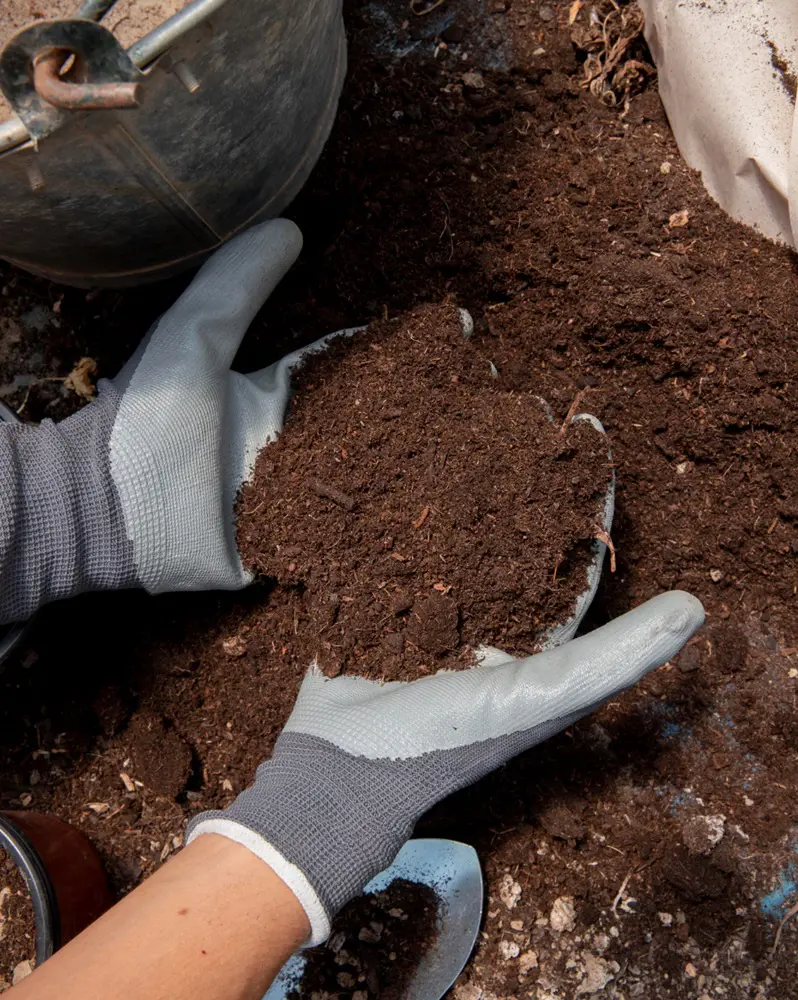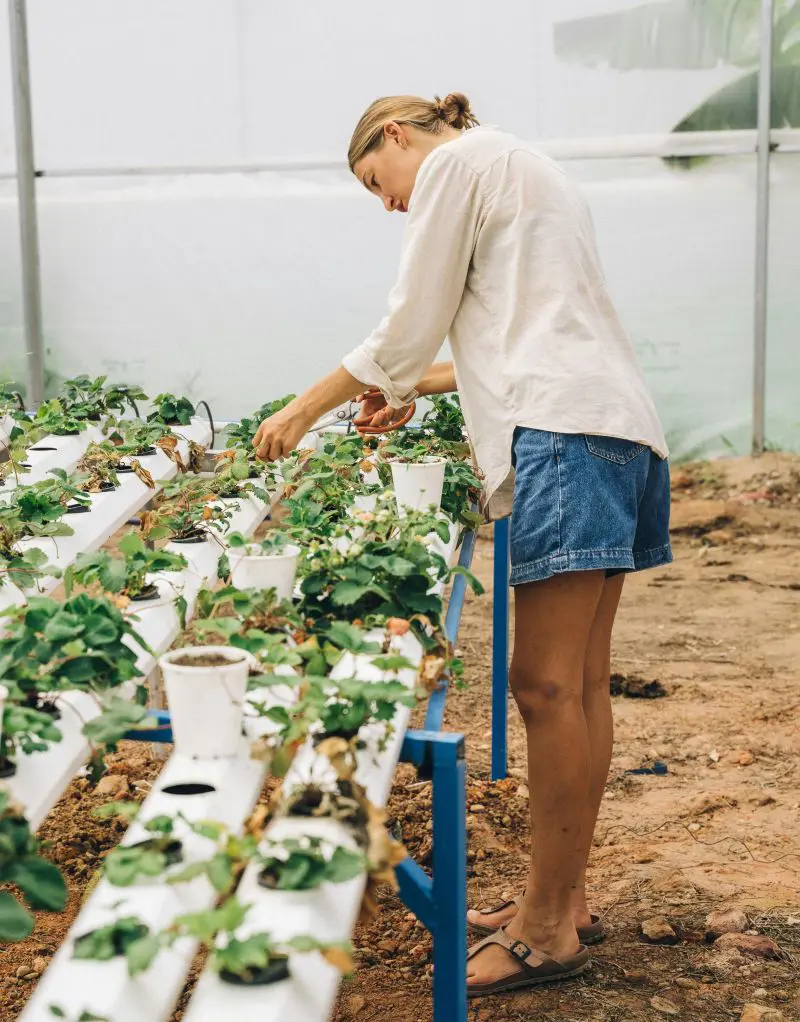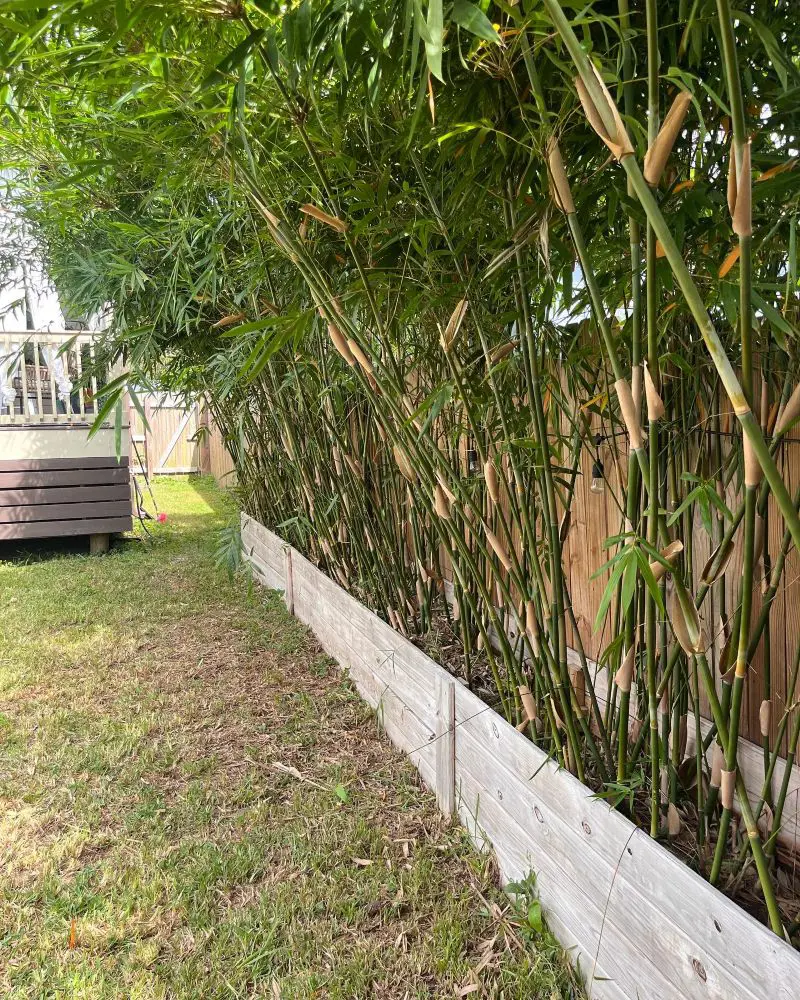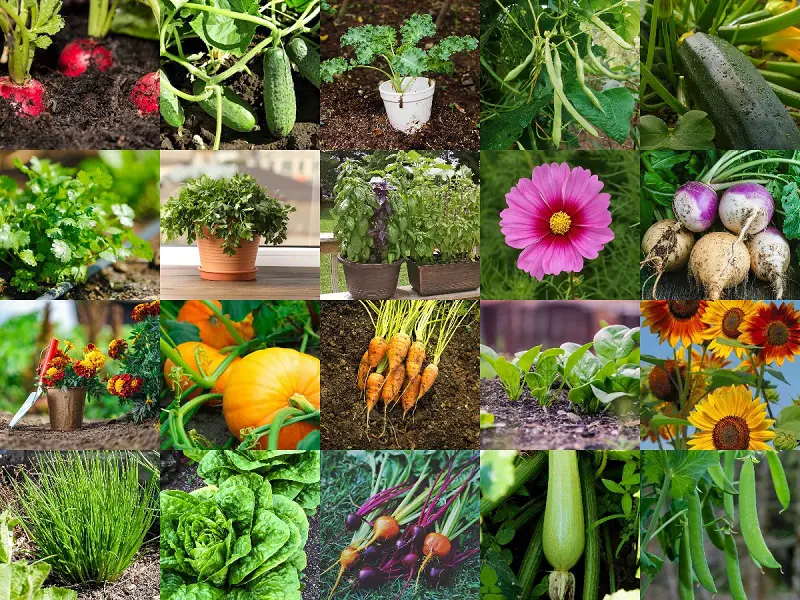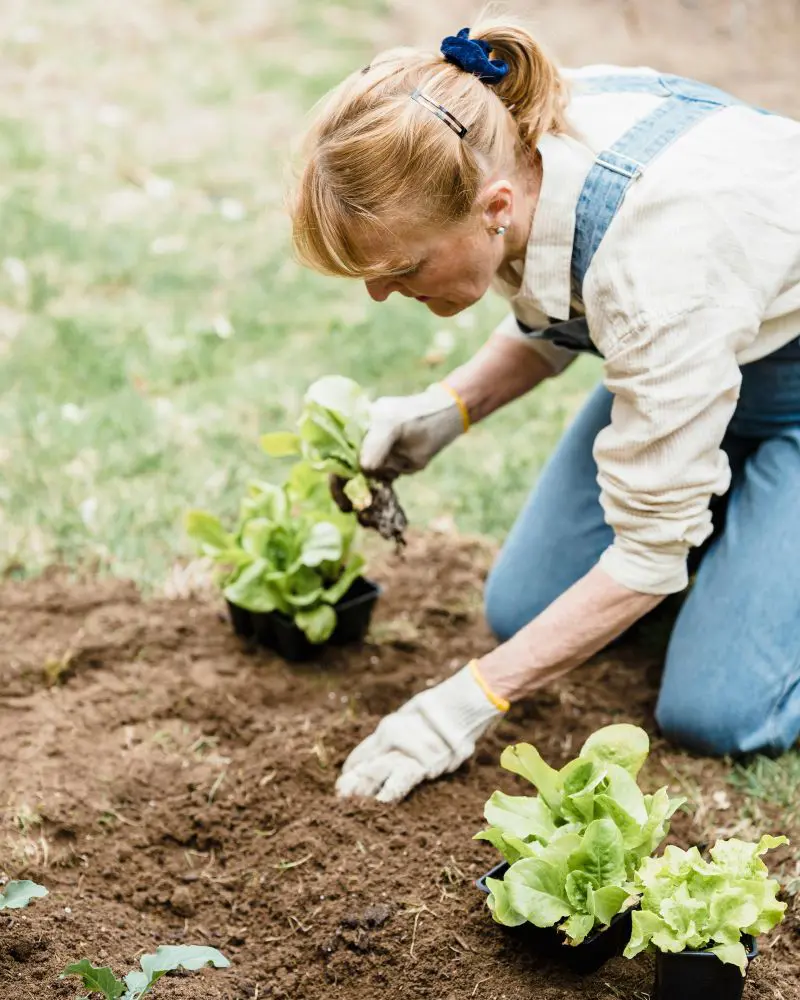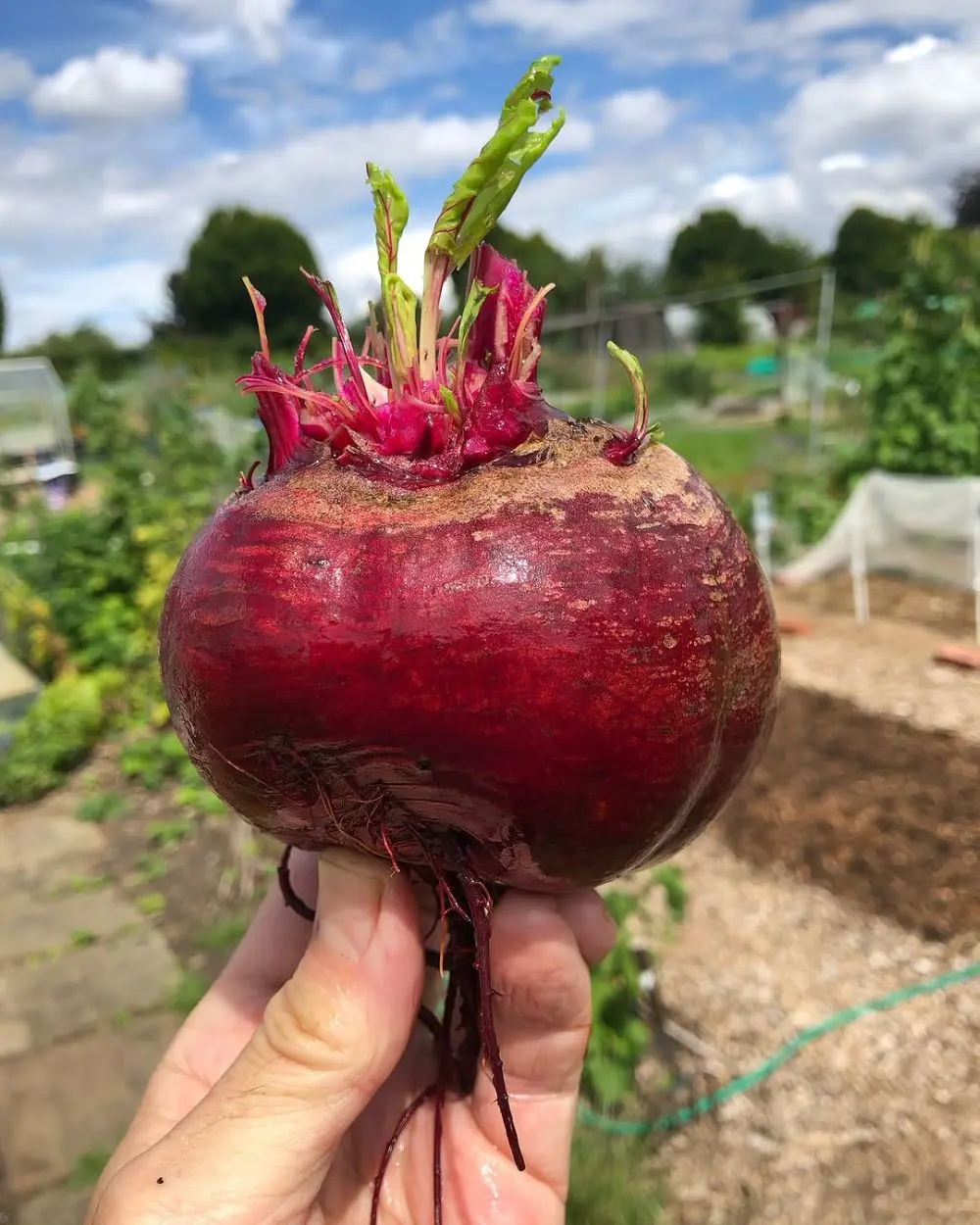Composting is an ancient practice, integral to sustainable agriculture and gardening. It's the process of decomposing organic materials, such as kitchen scraps and garden waste, into a rich, soil-like substance known as compost.
This article explores the myriad benefits of compost for plants and provides a comprehensive guide on how to effectively use compost in your garden.
The Benefits of Compost for Plants
1. Nutrient Enrichment
One of the most significant benefits of compost is its ability to enhance soil fertility. Compost is rich in essential nutrients such as nitrogen, phosphorus, and potassium, which are crucial for plant growth.
Unlike synthetic fertilizers, which may provide a quick nutrient boost but can degrade soil health over time, compost releases nutrients slowly, ensuring a steady supply for plants. This slow release prevents nutrient leaching and promotes sustainable, long-term soil fertility, contributing to healthier and more robust plant growth.
2. Soil Structure Improvement
Compost improves soil structure, making it more friable and easier to work with. In clay soils, compost helps break up compacted clumps, enhancing aeration and drainage. In sandy soils, it improves water retention and nutrient-holding capacity.
The organic matter in compost binds soil particles into aggregates, creating a loose, crumbly texture that roots can easily penetrate. Improved soil structure promotes healthier root systems, better water infiltration, and increased resilience against erosion and compaction.
3. Enhanced Microbial Activity
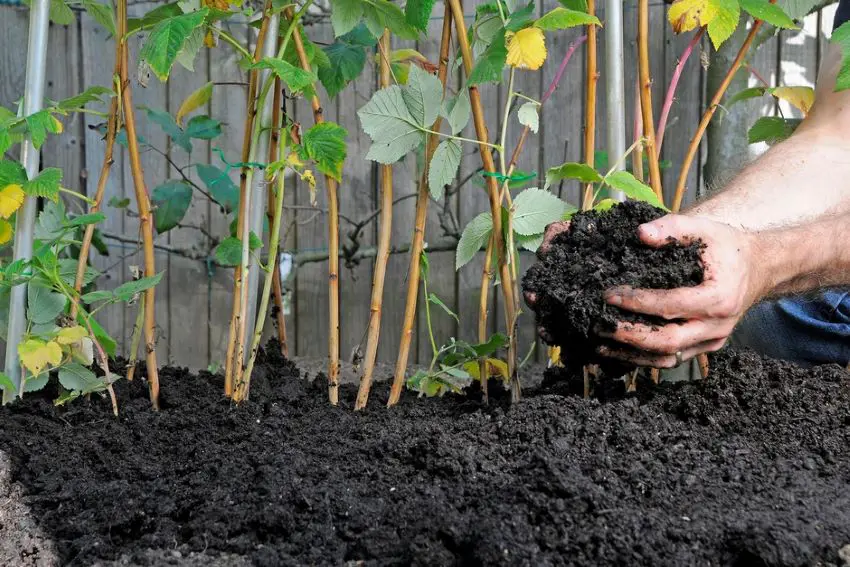
Healthy soil teems with microbial life, which plays a critical role in breaking down organic matter and making nutrients available to plants. Compost introduces and supports a diverse community of beneficial microorganisms, including bacteria, fungi, and protozoa.
These microbes decompose organic matter, fix nitrogen, and suppress soil-borne diseases, contributing to overall soil health and plant vitality. The increased microbial activity helps build a more balanced and dynamic soil ecosystem, fostering robust plant growth.
4. Moisture Retention
Compost acts like a sponge, holding moisture in the soil and reducing the need for frequent watering. This is particularly beneficial in arid regions or during periods of drought.
By improving soil structure and increasing organic matter content, compost enhances the soil’s capacity to retain water, ensuring that plants have a steady supply of moisture. Improved moisture retention not only supports plant health but also conserves water resources, making gardening and farming more sustainable.
5. Disease Suppression
Compost can help suppress plant diseases by fostering beneficial microbes that outcompete and inhibit pathogens. Certain composts, known as "disease-suppressive composts," are particularly effective in reducing incidences of soil-borne diseases like root rot, damping-off, and wilt.
These beneficial microbes can also produce natural antibiotics and other substances that inhibit harmful organisms. By enhancing the microbial diversity and activity in the soil, compost contributes to a healthier and more disease-resistant plant environment.
6. Environmental Benefits
Using compost in gardening and agriculture has broader environmental benefits. It reduces the need for chemical fertilizers and pesticides, which can have harmful effects on soil health and water quality. Composting also diverts organic waste from landfills, reducing methane emissions, a potent greenhouse gas.
Moreover, composting helps sequester carbon in the soil, mitigating climate change. By integrating compost into soil management practices, we can promote sustainability and reduce our environmental footprint.
7. Erosion Control
Compost helps control soil erosion by improving soil structure and increasing organic matter content. The binding of soil particles into stable aggregates reduces runoff and soil loss during heavy rains.
The enhanced soil structure also promotes better water infiltration and retention, further reducing the risk of erosion. By maintaining soil integrity, compost supports sustainable land management and protects valuable topsoil from degradation.
8. Increased Biodiversity
Adding compost to soil boosts biodiversity by creating a habitat rich in organic matter and nutrients. This attracts a wide range of soil organisms, from earthworms to insects and microorganisms, all of which contribute to a healthy and balanced ecosystem.
Increased soil biodiversity improves nutrient cycling, enhances soil fertility, and promotes plant health. A diverse soil ecosystem is more resilient to pests, diseases, and environmental stresses, leading to more stable and productive plant communities.
9. pH Balancing
Compost can help balance soil pH, making it more neutral and suitable for a wider variety of plants. Many garden plants prefer a pH range of 6 to 7, and compost can buffer both acidic and alkaline soils towards this optimal range.
By improving pH balance, compost ensures that nutrients are more available to plants, enhancing their growth and health. Regular application of compost can maintain soil pH at levels that support robust plant development and nutrient uptake.
10. Reduction of Soil Compaction
Compost helps reduce soil compaction, which is critical for root development and overall plant health. Compacted soil restricts root growth and water infiltration, leading to poor plant performance.
The organic matter in compost improves soil porosity, making it easier for roots to expand and access nutrients and water. By alleviating compaction, compost supports healthier root systems, better aeration, and more efficient water use, leading to stronger and more resilient plants.
Using Compost In The Garden
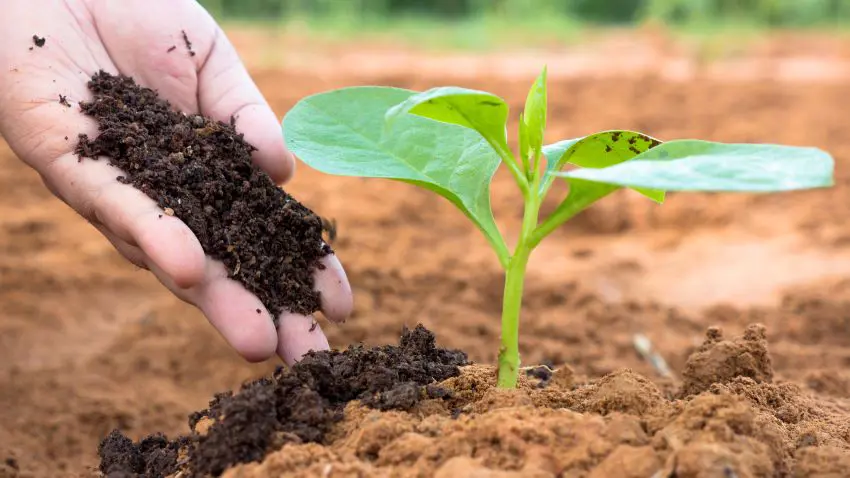
Choosing the Right Compost
Not all composts are created equal. The quality of compost depends on the materials used and the composting process. Here are some key considerations when choosing compost:
- Maturity: Fully matured compost is dark, crumbly, and has an earthy smell. Immature compost can contain phytotoxic compounds that harm plants.
- Source: Compost made from diverse organic materials (kitchen scraps, garden waste, manure) is typically more nutrient-rich.
- pH Level: Most composts are slightly acidic to neutral, which is suitable for most plants. However, it's a good idea to test the pH if you're growing plants with specific pH requirements.
- Contaminants: Ensure the compost is free from contaminants such as weed seeds, pathogens, and heavy metals. Certified compost products often undergo testing for safety and quality.
Preparing the Garden
Before applying compost, prepare your garden by removing weeds and loosening the soil.
This allows the compost to integrate more effectively and reach plant roots. For new garden beds, consider double digging, a method that involves digging a trench, incorporating compost, and then backfilling with soil.
Applying Compost
There are several ways to use compost in the garden, depending on your goals and the type of plants you're growing:
Top Dressing
Top dressing involves spreading a layer of compost on the soil surface around plants. This method provides a slow-release source of nutrients and helps suppress weeds. For established plants, apply a 1-2 inch layer of compost, taking care not to pile it against plant stems, which can cause rot.
Soil Amendment
To improve soil structure and fertility, mix compost into the soil. For garden beds, work 2-4 inches of compost into the top 6-12 inches of soil. For lawns, spread a thin layer of compost (about ¼ inch) and rake it into the grass. This practice, known as topdressing, can enhance soil health and grass growth.
Compost Tea
Compost tea is a liquid extract made by steeping compost in water. It can be used as a foliar spray or soil drench to provide a quick nutrient boost and introduce beneficial microbes.
To make compost tea, fill a container with water, add a generous amount of compost, and let it steep for 24-48 hours, stirring occasionally. Strain the liquid and apply it to plants using a watering can or sprayer.
Mulching
Compost can be used as mulch to retain soil moisture, regulate soil temperature, and suppress weeds. Apply a 2-3 inch layer of compost around plants, being careful to keep it away from stems and trunks. Mulching with compost also gradually enriches the soil as it breaks down.
Seed Starting Mix
Compost can be part of a homemade seed starting mix. Mix equal parts compost, coconut coir or peat moss, and vermiculite or perlite. This mixture provides a nutrient-rich, well-draining medium for germinating seeds and growing seedlings.
Special Considerations for Different Plants
Vegetables
Vegetable gardens benefit greatly from regular compost applications. Compost enriches the soil with nutrients and improves its structure, promoting healthy root development and vigorous plant growth. For heavy feeders like tomatoes, peppers, and squash, apply compost generously as both a soil amendment and mulch.
Flowers
Flowering plants thrive in soil enriched with compost. The additional nutrients and improved soil structure support robust blooms and vibrant colors. Apply compost as a top dressing or mulch around flowers, and consider incorporating it into the soil when planting new beds.
Trees and Shrubs
Trees and shrubs also benefit from compost, especially when establishing new plantings. Mix compost into the backfill soil when planting, and apply a layer of compost as mulch around the base of established trees and shrubs.
This practice helps retain moisture, suppress weeds, and slowly release nutrients.
Lawns
Lawns can be topdressed with compost to improve soil health and grass growth. After aerating the lawn, spread a thin layer of compost and rake it in. This practice enhances soil structure, increases organic matter, and provides nutrients to the grass.
Container Plants
Container plants often suffer from nutrient depletion and soil compaction. Mixing compost into the potting soil can alleviate these issues. Use compost as part of a potting mix (1 part compost, 1 part coconut coir or peat moss, 1 part perlite or vermiculite) to provide a balanced growing medium.
Making Your Compost
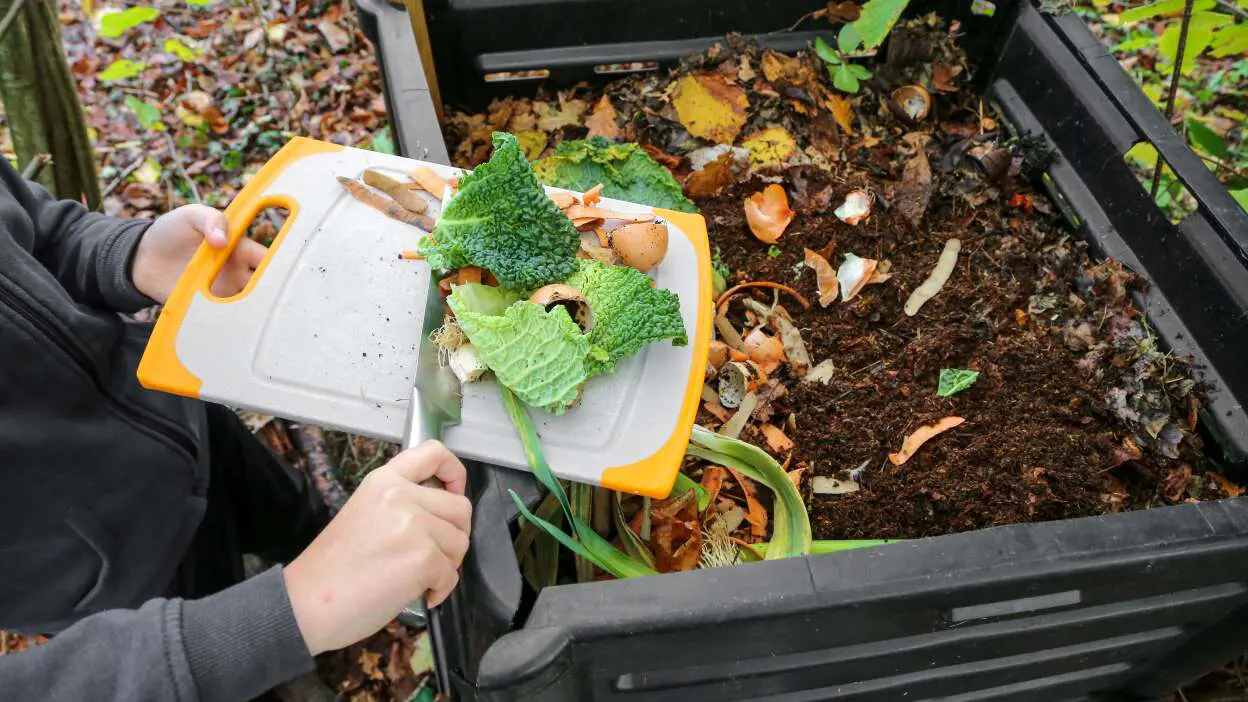
Composting Basics
Starting a compost pile at home is a rewarding way to recycle kitchen and garden waste into a valuable soil amendment. Here are the basic steps to get started:
- Choose a Location: Select a site for your compost pile or bin. It should be a well-drained, shady spot with easy access to water.
- Gather Materials: Collect a mix of "greens" (nitrogen-rich materials like kitchen scraps, grass clippings, and green leaves) and "browns" (carbon-rich materials like dry leaves, straw, and cardboard).
- Build the Pile: Start with a layer of coarse browns for aeration, then alternate layers of greens and browns. Aim for a ratio of about 2-3 parts browns to 1 part greens.
- Maintain the Pile: Turn the compost regularly to aerate it and speed up decomposition. Keep the pile moist, like a wrung-out sponge, but not waterlogged.
- Harvest the Compost: Compost is ready when it’s dark, crumbly, and has an earthy smell. This can take anywhere from a few months to a year, depending on the materials and conditions.
Troubleshooting Common Problems
- Bad Odors: Often caused by too much nitrogen or poor aeration. Add more browns and turn the pile to improve airflow.
- Slow Decomposition: This may result from a lack of nitrogen, moisture, or aeration. Add more greens, water the pile, and turn it regularly.
- Pests: Attracting pests can be due to adding inappropriate materials like meat or dairy. Stick to plant-based materials and cover kitchen scraps with browns.
Commercial Composting Options
For those who lack the time, space, or resources to compost at home, commercial composting services are an excellent alternative.
These services collect organic waste and process it into high-quality compost, which can then be purchased or delivered. Many municipalities also offer composting programs, providing bins and collection services for residents.
